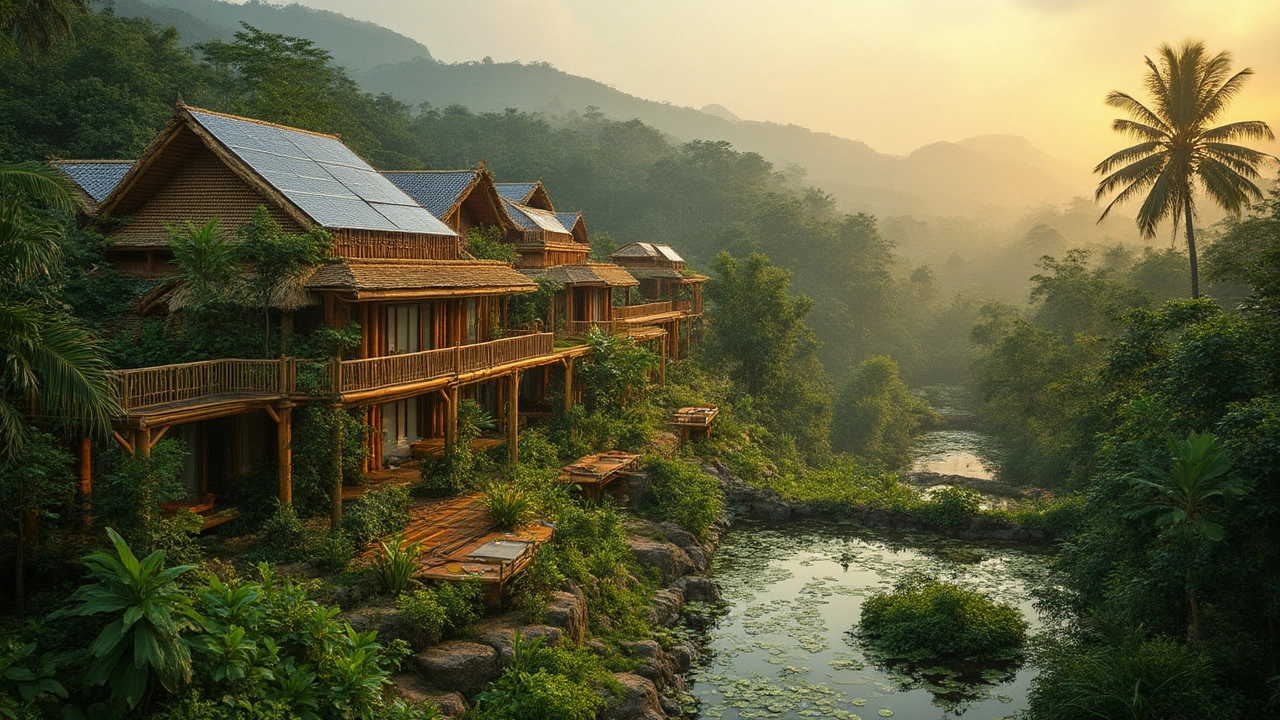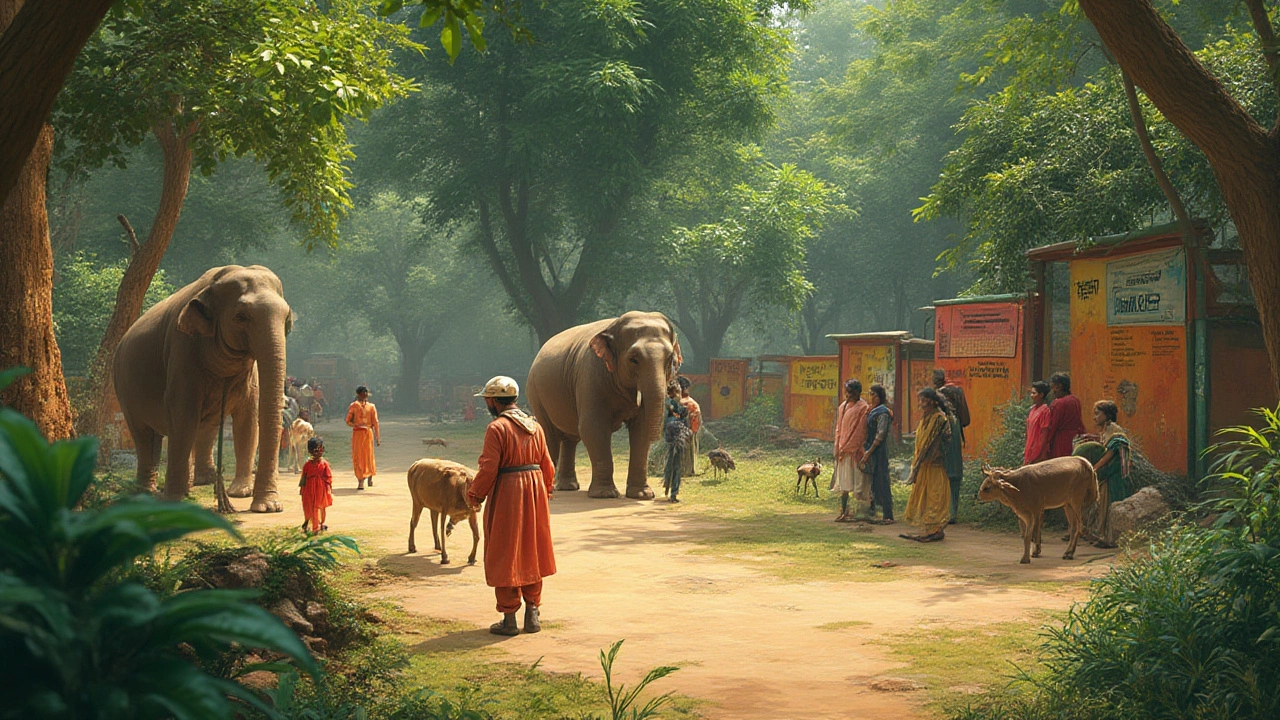Responsible Tourism in India: Travel Smarter, Protect Wild Places
When you choose responsible tourism, travel that respects local ecosystems, cultures, and communities. It's not just about leaving no trace—it’s about leaving something positive behind. In India, where jungles hold tigers, temples are thousands of years old, and villages still live by ancient rhythms, this matters more than ever. You don’t need to be perfect, but you do need to be aware.
sustainable travel India, tourism that balances experience with environmental and social health means picking camps that use solar power, hiring local guides who know the land, and avoiding plastic bottles in the Himalayas. It means skipping elephant rides and choosing wildlife safaris run by communities who depend on healthy forests. eco-friendly camping, camping that minimizes impact and supports conservation isn’t a trend—it’s the only way forward if we want future generations to see tigers in the wild, not just in photos.
Responsible tourism also means cultural respect India, honoring local customs when visiting temples, villages, or heritage sites. Dressing modestly before entering a temple, asking before taking photos of people, learning a few words in the local language—these aren’t just polite gestures. They’re how you build trust. And trust turns tourists into guests. You’ll get better stories, deeper experiences, and real connections. This isn’t just ethics—it’s better travel.
And then there’s wildlife conservation tourism, travel that directly funds protection of endangered species and habitats. In India, that means choosing operators who pay park fees directly to forest departments, support anti-poaching units, or fund community education. When you book a jungle camp that donates a portion of its income to tiger reserves, you’re not just on vacation—you’re part of the solution.
None of this is about guilt. It’s about power. Every choice you make—where you stay, who you hire, what you buy—adds up. And in India, where tourism is growing fast and natural spaces are under pressure, your choices matter more than you think. The posts below show you exactly how to do it: from safely visiting the Taj Mahal without adding to the crowd chaos, to trekking the Great Himalayan Trail with guides who know the mountains better than any map. You’ll find tips on temple etiquette, food safety, vaccination needs, and how to pick real eco-lodges over greenwashed resorts. This isn’t theory. It’s what travelers are doing right now to make India’s wild places last.

